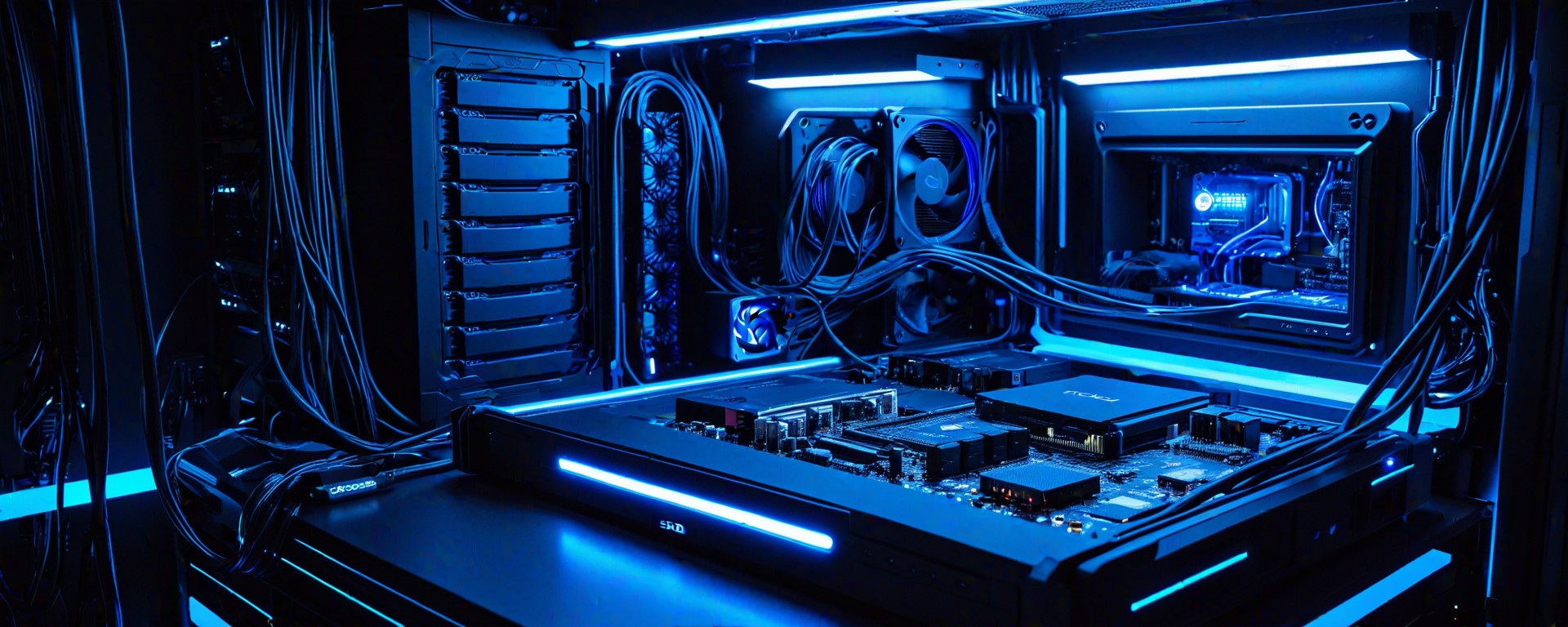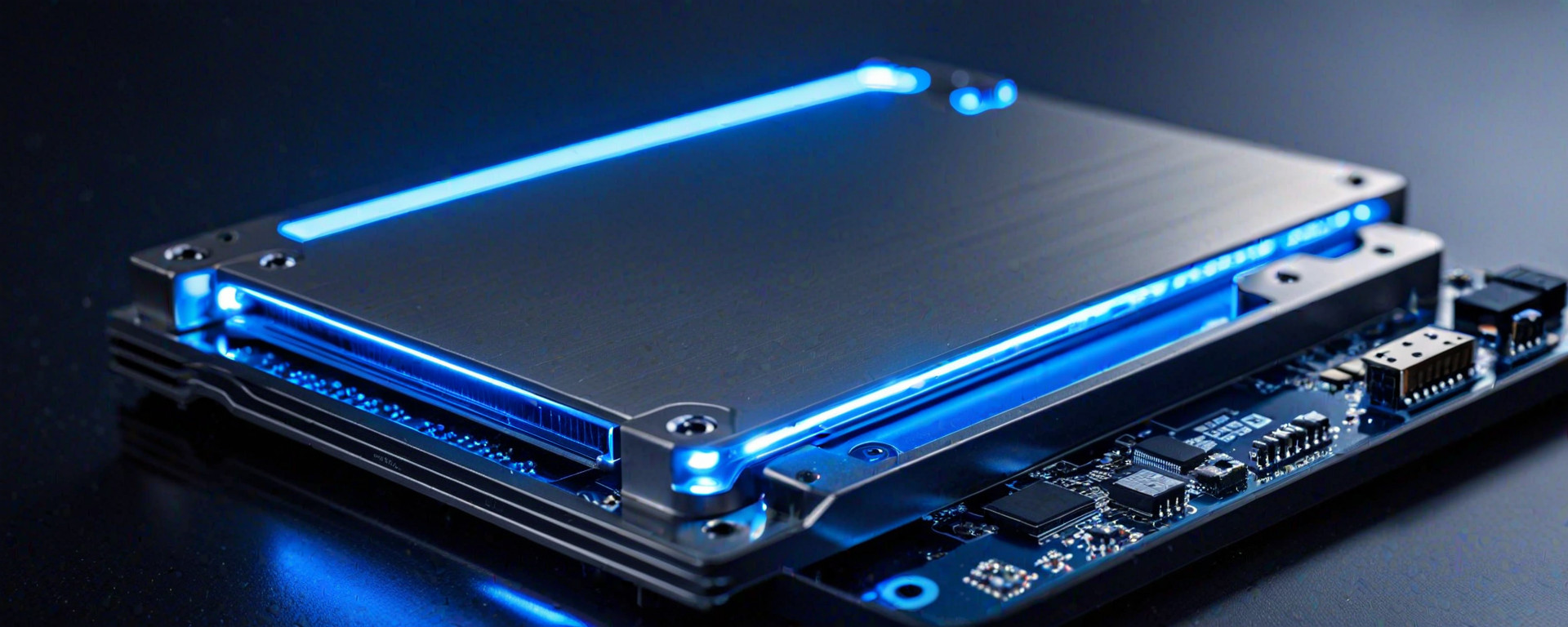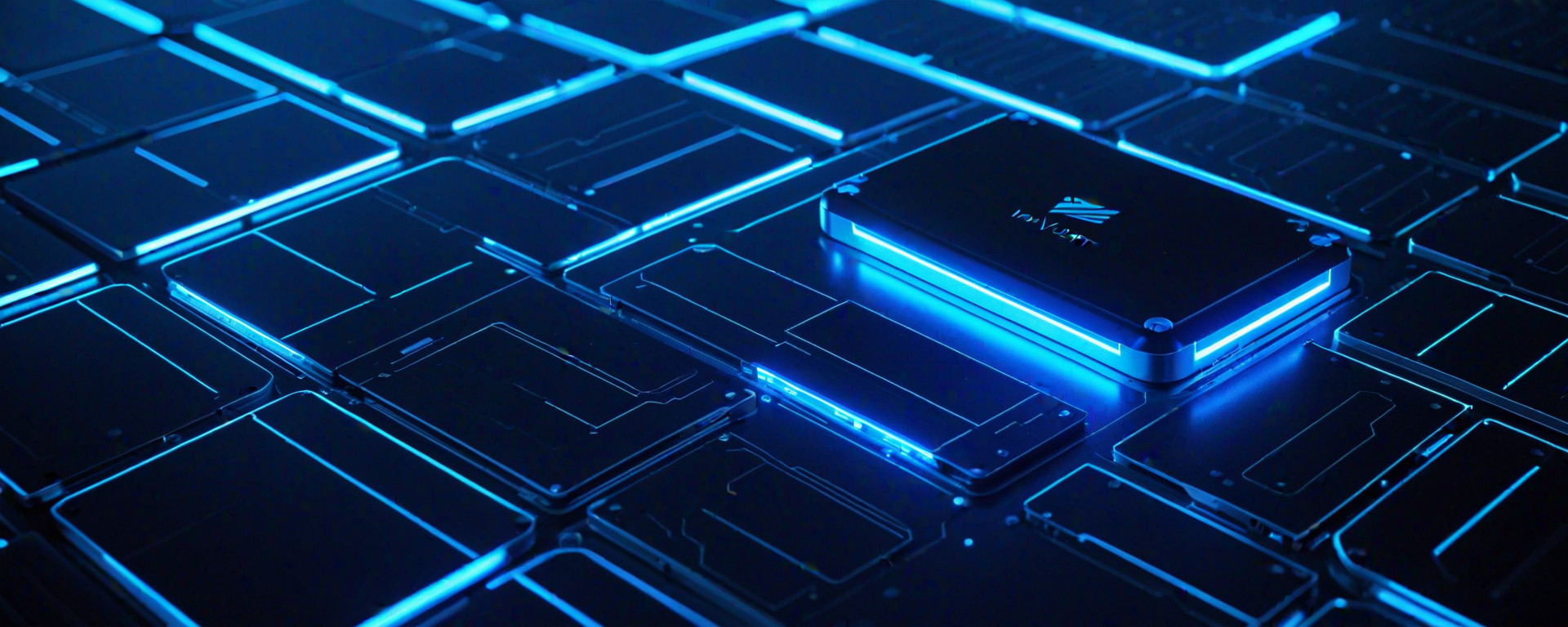Introduction
Finding the right storage solution for your PC can significantly impact its performance and longevity. With advancements in technology, it's crucial to select components that not only meet today’s demands but also adapt well to future computing needs. This guide delves into the nuances of choosing between different types of storage technologies based on speed and capacity, ensuring your computer remains efficient and reliable over time.
When selecting a storage solution, consider factors such as read/write speeds, data transfer rates, durability, power consumption, noise levels, heat generation, and overall cost. By understanding these elements, you can make an informed decision that aligns with your specific requirements and budget constraints.
Understanding Storage Technologies
The primary storage technologies available today include Hard Disk Drives (HDD), Solid State Drives (SSD), and NVMe SSDs. Each has its own set of advantages, disadvantages, and use cases.
HDD (Hard Disk Drive)
| Feature | Description |
|---|---|
| Technology | Mechanical device with spinning platters and a read/write head. |
| Speed | Average sequential read speeds around 150 MB/s, but random access is slower due to mechanical latency. |
| Capacity | Available in sizes up to several terabytes (TB). |
| Noise and Heat | Generates noise due to moving parts, produces heat but relatively low compared to SSDs. |
| Power Consumption | Moderate power consumption during read/write operations. |
| Durability | Sensitive to drops and vibrations; less durable than SSDs. |
| Cost Per GB | Lowest cost per gigabyte among storage technologies. |
SSD (Solid State Drive)
| Feature | Description |
|---|---|
| Technology | Uses NAND flash memory chips for data storage. |
| Speed | Average sequential read speeds around 500 MB/s, with random access being significantly faster than HDDs due to lack of mechanical latency. |
| Capacity | Available in sizes up to several terabytes (TB). |
| Noise and Heat | Nearly silent operation, minimal heat generation. |
| Power Consumption | Low power consumption during read/write operations. |
| Durability | More durable than HDDs due to lack of moving parts; resistant to drops and vibrations. |
| Cost Per GB | Higher cost per gigabyte compared to HDD, but lower than NVMe SSDs. |
NVMe SSD (Non-Volatile Memory Express)
| Feature | Description |
|---|---|
| Technology | Uses PCIe interface for faster data transfer rates compared to SATA-based SSDs. |
| Speed | Average sequential read speeds around 3500 MB/s, with random access being extremely fast due to lack of mechanical latency and use of advanced protocols. |
| Capacity | Available in sizes up to several terabytes (TB). |
| Noise and Heat | Nearly silent operation, minimal heat generation. |
| Power Consumption | Moderate power consumption during read/write operations due to higher data throughput. |
| Durability | More durable than HDDs and SATA SSDs due to lack of moving parts; resistant to drops and vibrations. |
| Cost Per GB | Highest cost per gigabyte among storage technologies, but offers the best performance for demanding applications. |
Selecting Between HDD, SSD, and NVMe SSD
The choice between HDDs, SSDs, and NVMe SSDs depends on your specific needs. Below are some scenarios to help guide your decision:
- High Storage Capacity Needs: If you require large amounts of storage for media files or archiving purposes, an HDD might be the most cost-effective option.
- Faster Boot Times and Application Launch: For improved system responsiveness and faster application launches, an SSD is highly recommended. The difference in performance between SATA-based SSDs and NVMe SSDs can be significant for users who frequently switch applications or multitask.
- Demanding Workloads with High Performance Needs: If you work with large datasets, run high-performance computing tasks, or engage in professional video editing, an NVMe SSD offers the best performance due to its superior read/write speeds and lower latency. This type of storage is also ideal for gaming enthusiasts who want rapid loading times.
Pros and Cons
HDD Pros:
- Affordable Storage Capacity: HDDs offer the best price per gigabyte, making them a cost-effective option for those needing large amounts of storage space.
- No Limit on Drive Size: HDDs can be manufactured in very large capacities, suitable for users who need vast amounts of data storage without limitations.
HDD Cons:
- Mechanical Components Vulnerability: The presence of moving parts makes HDDs susceptible to damage from physical shock and vibrations. This can lead to a higher risk of data loss or drive failure compared to solid-state alternatives.
- Limited Speed: Traditional hard drives are limited by their mechanical design, resulting in slower read/write speeds and longer access times when seeking specific pieces of information on the disk platter.
SSD Pros:
- Rapid Data Access: SSDs provide significantly faster data access times compared to HDDs due to their lack of mechanical components, leading to quicker boot-up and application launch speeds. This is particularly beneficial for users who frequently switch between applications or multitask across various software programs.
- Durability Against Physical Shock: Because they have no moving parts, SSDs are less prone to damage from drops or vibrations, making them a safer choice for portable devices such as laptops and tablets where physical durability is crucial. Their resistance to shock also translates into reduced risk of data loss.
- Eco-friendly Operation: SSDs consume less power during read/write operations compared to HDDs due to their absence of mechanical components that require energy to operate. This not only extends battery life in portable devices but also contributes to lower environmental impact through reduced electricity consumption and heat generation.
SSD Cons:
- Poor Value for Large Storage Needs: Despite their performance advantages, SSDs are generally more expensive on a per-gigabyte basis compared to HDDs. This makes them less cost-effective when considering large storage capacities necessary for extensive multimedia collections or data-intensive workloads.
NVMe SSD Pros:
- Unmatched Performance: NVMe SSDs deliver unparalleled performance by leveraging the PCIe interface, which allows for much higher bandwidth and lower latency than traditional SATA-based SSDs. This results in significantly faster read/write speeds and reduced access times, making them ideal for demanding applications such as high-definition video editing or complex simulations.
- Future-Proof Technology: NVMe technology is designed to support the latest advancements in solid-state storage, ensuring that these drives remain relevant even as new standards emerge. Their ability to adapt and improve over time makes them a wise investment for users looking to future-proof their systems against technological obsolescence.
- Enhanced Durability: Similar to other SSDs, NVMe models lack mechanical components that can be damaged by physical shock or vibration, offering superior protection against data loss due to accidental drops or mishandling. This durability is especially important for portable devices and equipment subjected to frequent movement.
NVMe SSD Cons:
- High Cost: NVMe SSDs come with a premium price tag, reflecting their superior performance capabilities and advanced technology. For users prioritizing budget constraints over peak performance, this can be a significant drawback compared to more affordable alternatives like standard SATA SSDs or HDDs.
Conclusion
Selecting between HDD, SSD, and NVMe SSD involves balancing cost, capacity needs, durability requirements, and performance expectations. While HDDs offer the best value for large storage capacities, SSDs provide faster data access times and greater durability against physical shock. For users seeking top-tier performance in demanding applications or future-proof solutions, NVMe SSDs stand out as a premium choice despite their higher cost.
Future Trends
The landscape of storage technology is constantly evolving with advancements aimed at improving speed, capacity, and efficiency:
- Evolving NAND Technology: Manufacturers are continually developing new generations of NAND flash memory to enhance performance while reducing costs. Future SSDs will likely benefit from these improvements in terms of both read/write speeds and endurance.
- Growth of NVMe Protocol: As the demand for high-speed storage increases, we can expect continued growth in NVMe-based solutions across various form factors such as M.2 cards and U.2 connectors. This trend is driven by the protocol's ability to support faster data transfer rates and lower latency compared to traditional interfaces.
- Increase in Solid-State Storage Adoption: The growing popularity of SSDs and NVMe drives reflects a broader shift towards solid-state storage solutions due to their superior performance characteristics. As more users experience the benefits offered by these technologies, we anticipate an even greater adoption rate moving forward.
These trends highlight the ongoing importance of staying informed about emerging developments in storage technology to make well-informed decisions regarding your data management needs.








